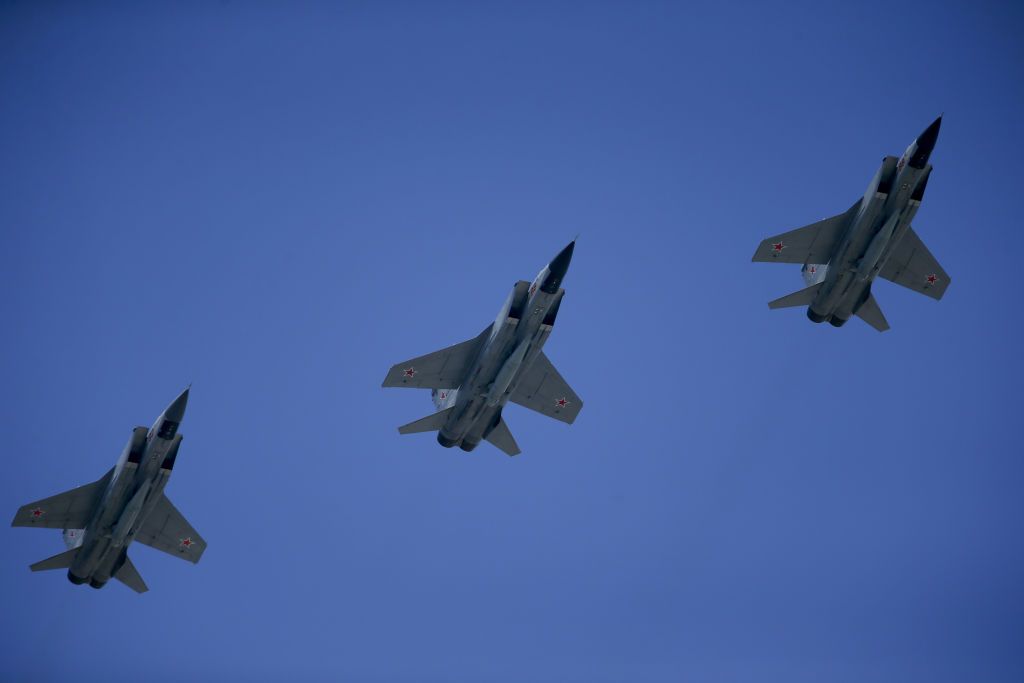Expert group: 67% of foreign components in Russian drones originate in China

The Yermak-McFaul Expert Group on Russian Sanctions examined 174 foreign components from three drone models used by Russia to attack Ukraine — Shahed-136/131, Lancet, and Orlan-10 — discovering that more than 60% had come from China.
The study results show that 67% of the components originate in China, with 17% of those coming through Hong Kong, according to Ukraine's Presidential Office.
The next largest shares come from Turkey (5%) and the United Arab Emirates (2%).
The expert group also reportedly found parts, including processors, microcircuits, and transistors, made in Japan, South Korea, Switzerland, and other countries.
Many drone components are available on open platforms, making regulatory control difficult, the group noted, calling on manufacturers to do more to prevent Russia from accessing their products in circumvention of international sanctions.
"Russia is extremely active in using drones for massive attacks on infrastructure, civilian and military facilities in Ukraine, so it is very disturbing to see that important components for the production of enemy drones come from other states, in particular Ukraine's allies. This issue requires our joint immediate response," Presidential Office head Andriy Yermak said.
The Yermak-McFaul Expert Group has recommended Kyiv's partners get their sanctions lists into an agreement, as well as unify the lists of dual-use goods and expand the categories of products subject to sanctions based on the codes of the Harmonized System, a global product classification system.
According to the Telegraph's recent investigation, China has sent tens of thousands of shipments to Russian weapons firms since the beginning of the full-scale invasion. Trade between Moscow and Beijing is on track to reach a record high this year of over $200 billion, the Telegraph wrote.
These trade records contradict China's claims of neutrality and its promises not to provide either Ukrainian or Russian forces with weapons.















